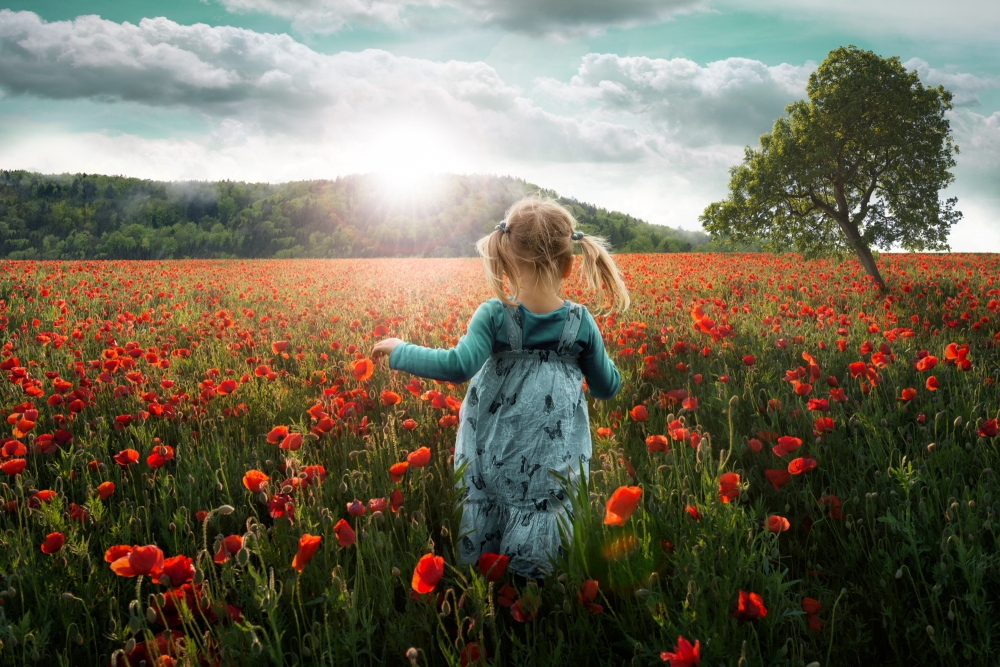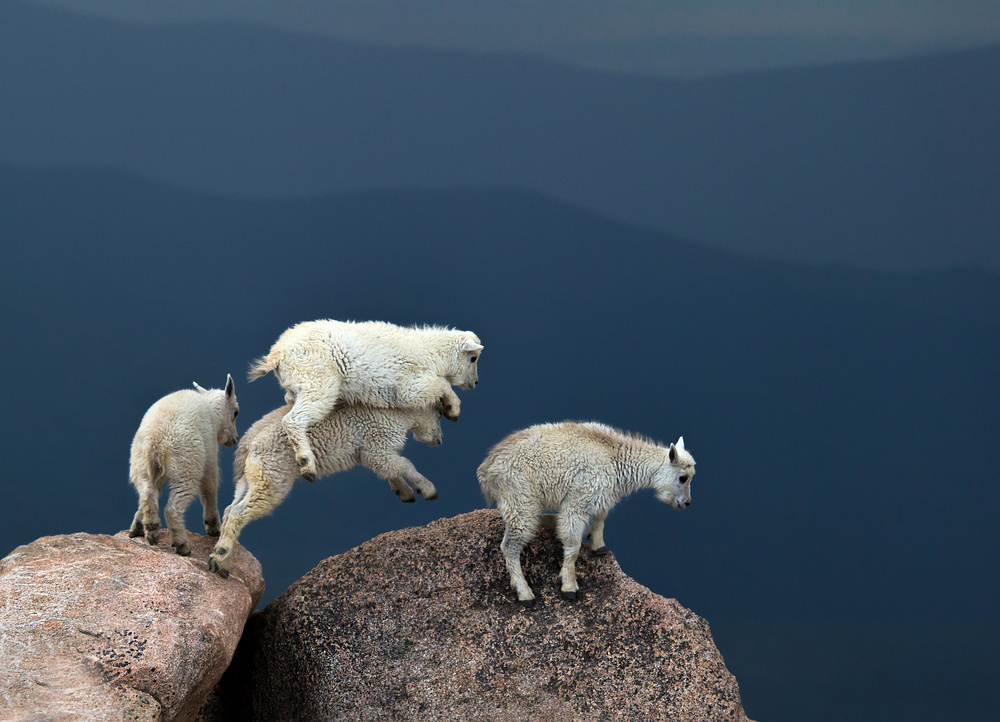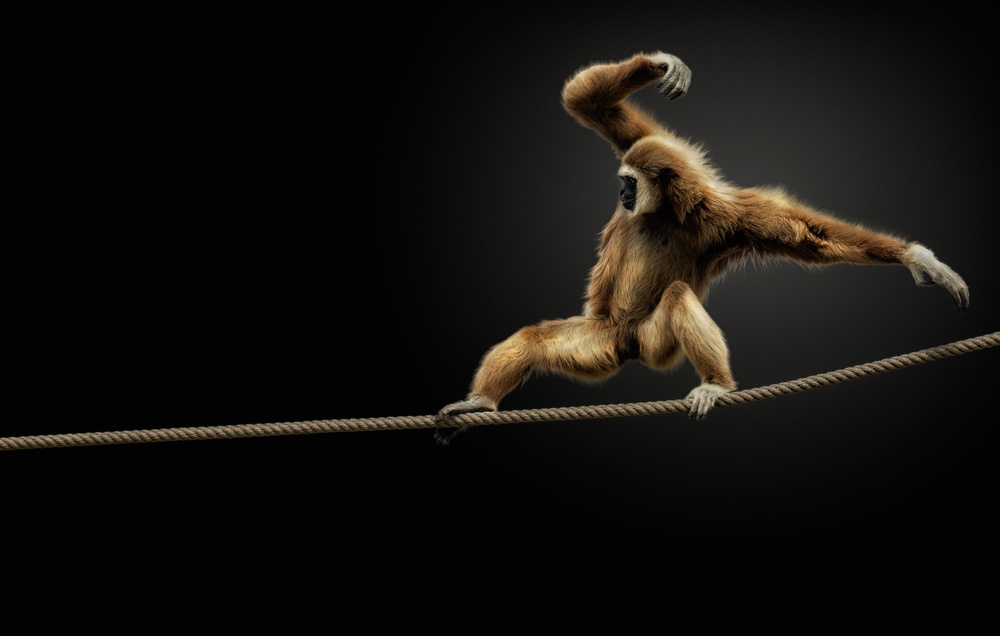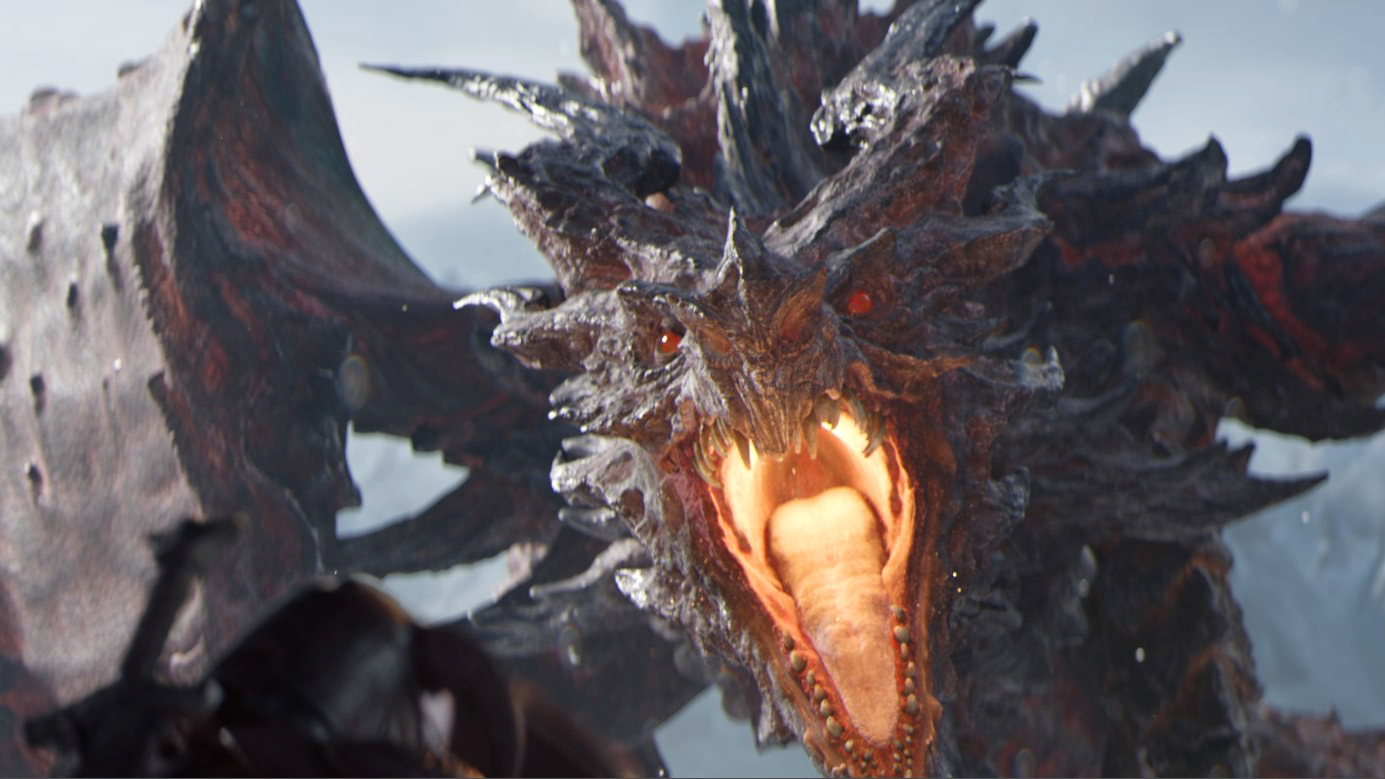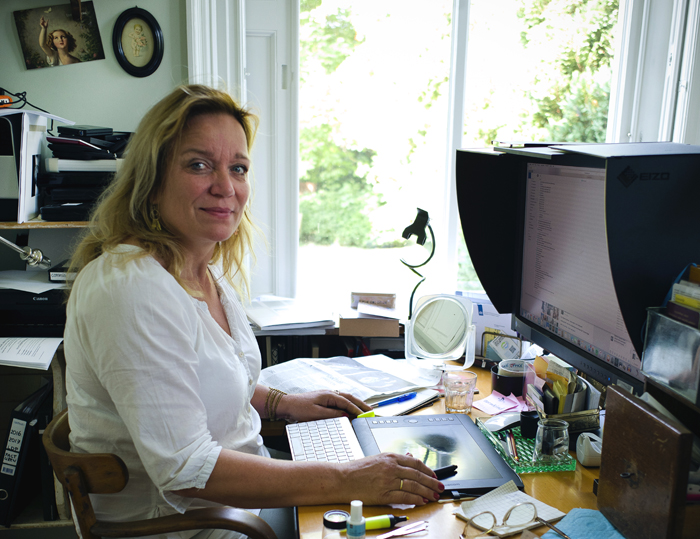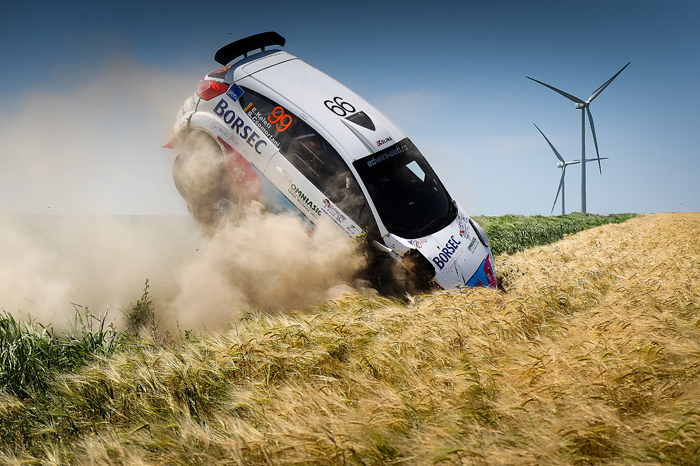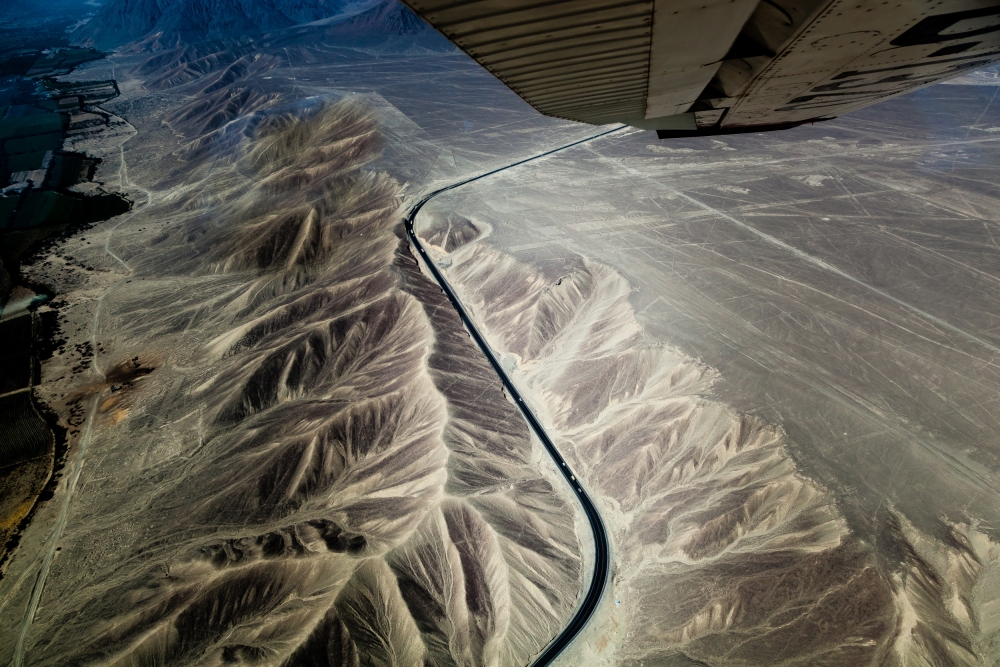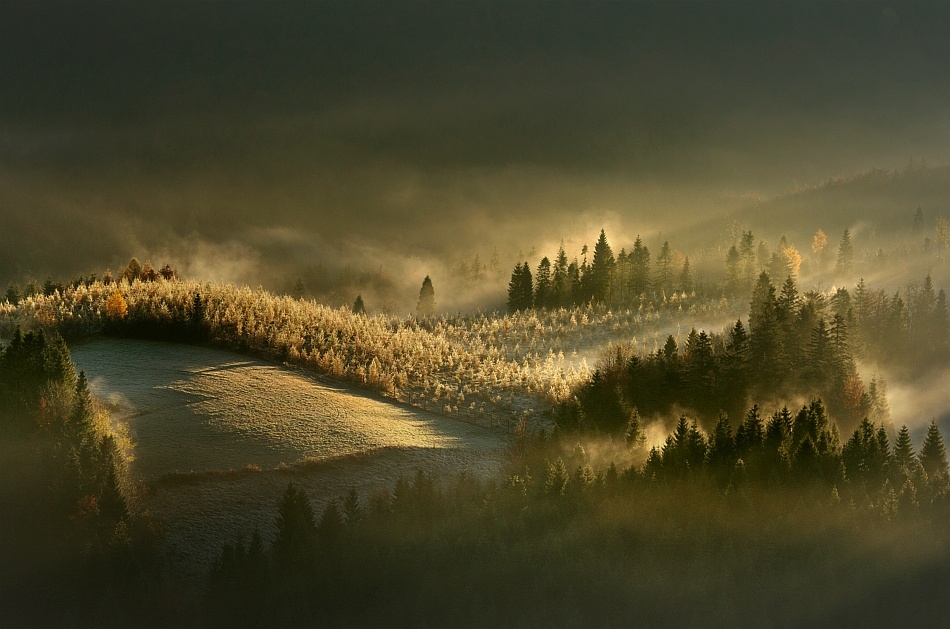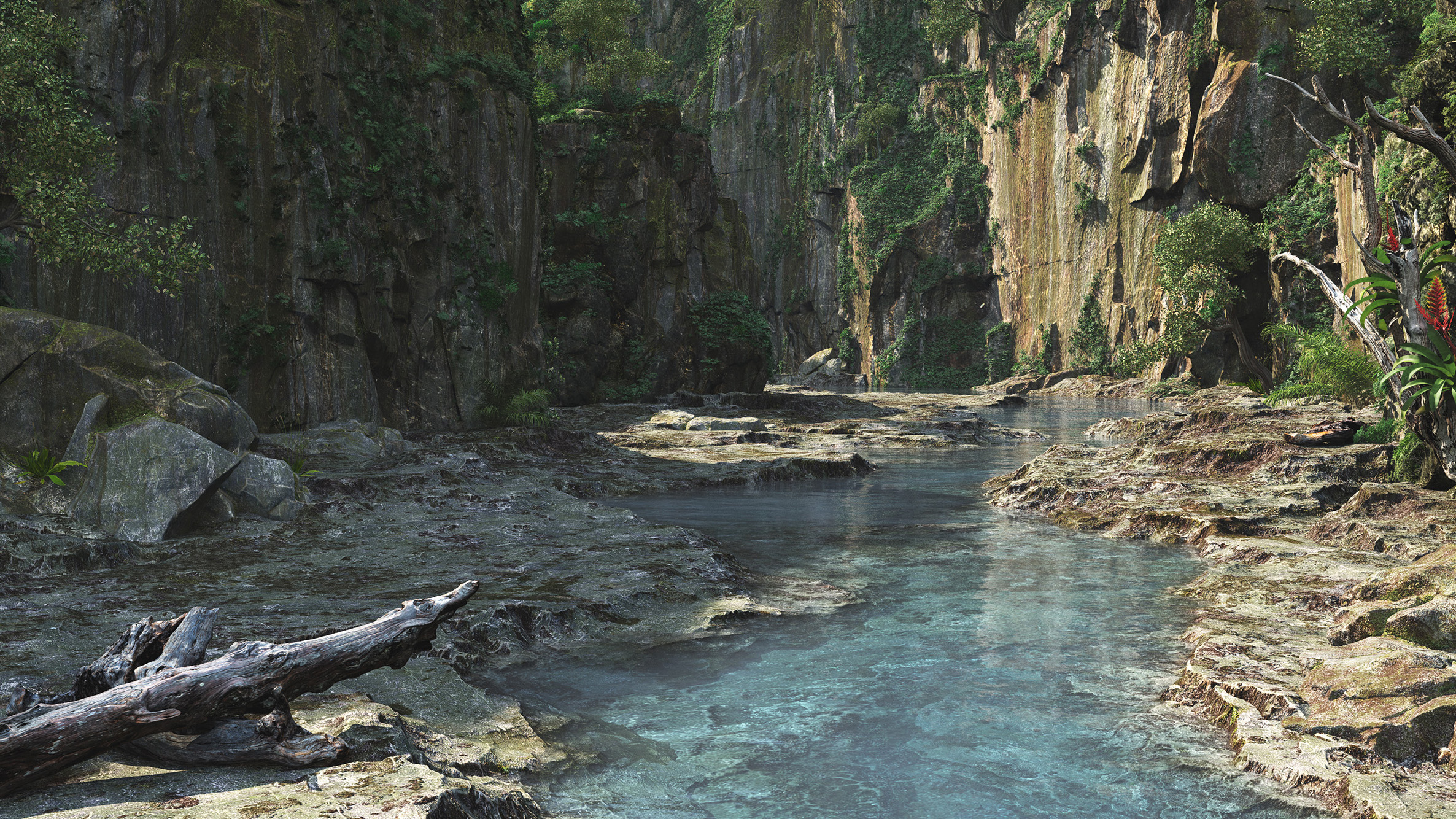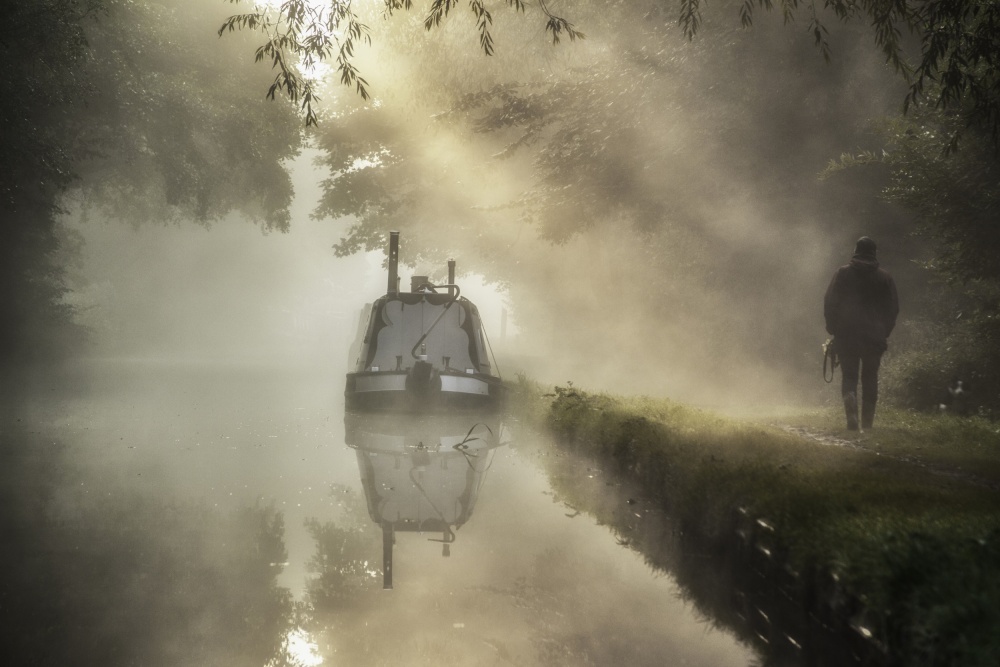Contests

The Tasman Glacier: A Photographer's Journey
1x Blog Contestsby Editor Yan Zhang (Sydney, Australia)
After three days of anxious waiting, we finally had a good weather allowing us to fly to Tasman Saddle. Around 9am, we loaded our backpacks, climb gears, foods and other accessories onto the helicopter, jumped to our seats, and clicked the seat belts. Just in a moment, we were flying into the sky towards to Tasman Glacier.

View from Mt Kitchener
Tasman Glacier
Tasman Glacier, located in the west borders of Aoraki/Mount Cook National Park, with 24 km long, 4 km wide and 600 m deep, is the largest glacier in New Zealand. The vast, steep, and constantly changed icefalls, and many erecting peaks have positioned Tasman Glacier to be the most magnificent glacier region in the South Alps of New Zealand. For many years, Tasman Glacier has been a popular skiing place, as well as a playground for serious mountaineering activities, including ice climbing, glacier traversing and peak summiting.
 Tasman Glacier
Tasman Glacier
In Aoraki/Mount Cook National Park, starting from Tasman Valley, one would need probably two days of tramping and climbing, from 700 m above sea level ground, all the way to reach 2300 m high Tasman Saddle, where two alpine huts named Tasman Saddle Hut and Kelman Hut are located not far apart, providing essential facilities and safe shelters for mountaineers.
Although Tasman Glacier is a commonly known place for mountaineers, and the two huts there are used as safe bases, it is of potential risks like all other alpine environments. Some fatalities happened there in the past. The latest one occurred on 16 September 2013, when three Australian mountaineers just got off from helicopter and on the way towards Tasman Saddle Hut, one mountaineer slipped, fell down to a 150 m cliff and died.
Photography meets mountaineering
Since I started photography, mountains have always been one of the dominant subjects in my body of work. Every time I am beside the mountains, I feel a sense of intimacy with the infinity – mountains bring my photography dreams to reality.
 Yan Zhang from Tasman Glacier
Yan Zhang from Tasman Glacier
My desire to climb New Zealand’s Southern Alps started in mid-2013, after I had read Pat Barrett's inspiring book True South. This book gave me fresh insights into exploring New Zealand’s mountains. Those vast and boundless alpine landscapes have greatly reshaped my photography journey – I decided to take serious landscape photographs of these mountains from a mountaineer’s vision. Clearly the only way to achieve this goal was to take my camera to the high mountains.
In January 2014, I participated in a one-week long mountaineering training course in Mount Cook. Since then, I have climbed a number of places in the Southern Alps in the past three years and have had good experiences in mountaineering as well as mountain photography.
 Yan Zhang undertook a mountaineering training in Mt Cook
Yan Zhang undertook a mountaineering training in Mt Cook
Mountain photography is a game of light chasing on the edge. It imposes a new array of variables that photographers would not usually face when they take photographs on a lower ground – carrying the extra weight of camera gear during the climb, staying longer in the mountains, dealing with dramatic changes of weather, and demanding a high level of physical and mental endurance. However, the rewards can be tremendous, because light casts some very magnificent mountain scenes that can only be photographed from the high ridges of the mountains. With creative approaches and unique visions, mountain sceneries captured from high could be simply extraordinary, while the photographer would have a unique experience that he/she would never have in other places.
 Ball Pass
Ball Pass
My desire of exploring and photographing Tasman Glacier began soon after I completed several climbs in both Aoraki/Mount Cook National Park and Fiordland National Park. Since my climb companion New Zealander Mark Watson, whom I had been climbed with since 2014, went to America for his three years adventure trip, I decided to seek help from the Alpine Guides – the mountain guide company located in Mount Cook that I did my training with them in 2014.
After having some detailed discussions about my climb and photography goals in Tasman Glacier, the Alpine Guides recommended their senior guide Mr Trev Streat to help me for this trip, who is an experienced climber and IFMGA certified mountain guide.
Trev mentioned to me that in mid of May, more crevasses would have been formed in Tasman Glacier, and traversing on glacier should be super careful. From a safety consideration, Trev invited his colleague Ms Sandra Martin to join our team, so that we would have three people roped together, which is usually a safer combination during a glacier crossing.
Climbing Hochstetter Dome
After 20 minutes flying, we landed on the glacier near Tasman Saddle Hut. From that moment, we were surrounded by a completely different world: no human trace anywhere except a tiny alpine hut, 500 m cliffs straight down to glaciers on one side, and a number of giant mountain peaks on the other side.
 Flying to Tasman Saddle
Flying to Tasman Saddle
Our first goal was to climb to the top of Hochstetter Dome – a 2823 m snow-capped peak located at the head of Tasman Glacier. This was a 500 m vertical elevation glacier journey. From the hut, we would have to firstly traverse on large glacier surfaces before we reach a major ice wall – the last hurdle of reaching the top of Hochstetter Dome.
After having a short coffee break in Tasman Saddle Hut, we started to traverse towards Hochstetter Dome direction. It was sunny and cloudless though we could still feel breezing wind. This was a perfect weather condition for glacier traversing. Leading by Trev, three of us were roped together, and I was in the middle position. There were huge crevasse fields on the glacier that we had to negotiate our way carefully. As we moved steadily on the glacier surface, we bypassed various crevasses carefully. After an hour or so, I noted that we had already far away from Tasman Saddle Hut.
As I planned to make photographs on the way of our climb, I had put my Nikon D810 camera and two lenses into my backpack, and hang a tripod outside of my pack, it was about 12 or 13 kg, that was much less than what I used to carry during an normal trekking trip. But it still took me a while to adjust my pace and get used to such carried weight.

After passing crevasses fields, we saw that huge ice wall – 20 meters high and tilted vertically towards to our side. Trev warned us to walk through it as quickly as possible without stopping. He told us though this wall didn’t show a sign of collapse, we should never stop underneath during our glacier traverse. We passed this wall in 20 min and turned right toward west direction, and finally arrived at an open uphill area. In this open place, the wind was getting much stronger, which made our last ascent quite difficult. Leading by Trev, we climbed along a 45-degree steep slop against the strong wind, and finally reached the top of Hochstetter Dome.
Standing on the top of 2827m Hochstetter Dome, I gained a 360-degree panorama view. For the first time, I saw so many continuous mountain peaks, and the vast Pacific Ocean in far distance behind these mountains.

On the way back to the hut, we walked quickly without stopping. We got back to the hut before sunset. We spent less than six hours for this Hochstetter Dome trip, which was one hour quicker than our initial estimation.
 Tasman Saddle Hut
Tasman Saddle Hut
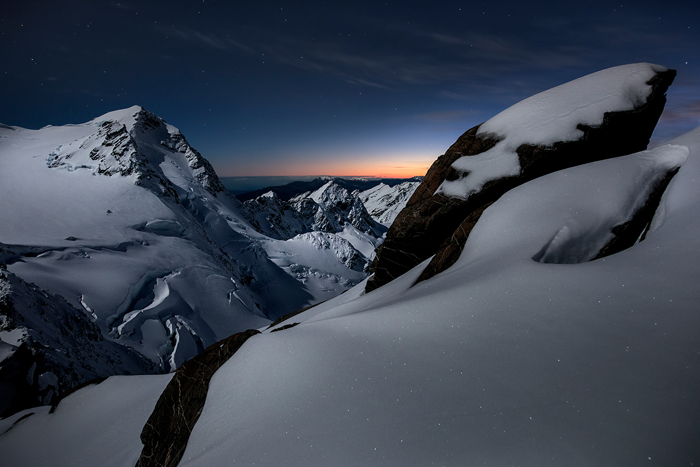 Breaking Dawn
Breaking Dawn
 Icefalls
Icefalls
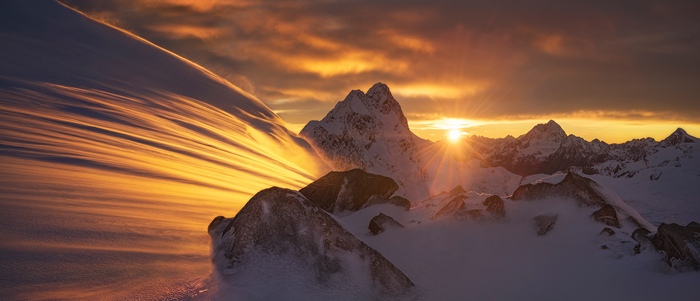 Glacier Light
Glacier Light
About Yan Zhang
Yan is a Sydney based passionate landscape photographer and an outdoor and mountaineering enthusiast. Yan’s photography works and stories have been published in professional photography, geographic and travel magazines such as Practical Photography, Australian Photography, Popular Photography (Chinese), Photographers’ Companion (Chinese), Australian Geographic, New Zealand Geographic and Colours. Yan has also received many awards in various international photography competitions in recent years. From 2014, Yan started to explore Southern Alps of New Zealand, and his mountaineering activities have become an important part of his landscape photography practice.

